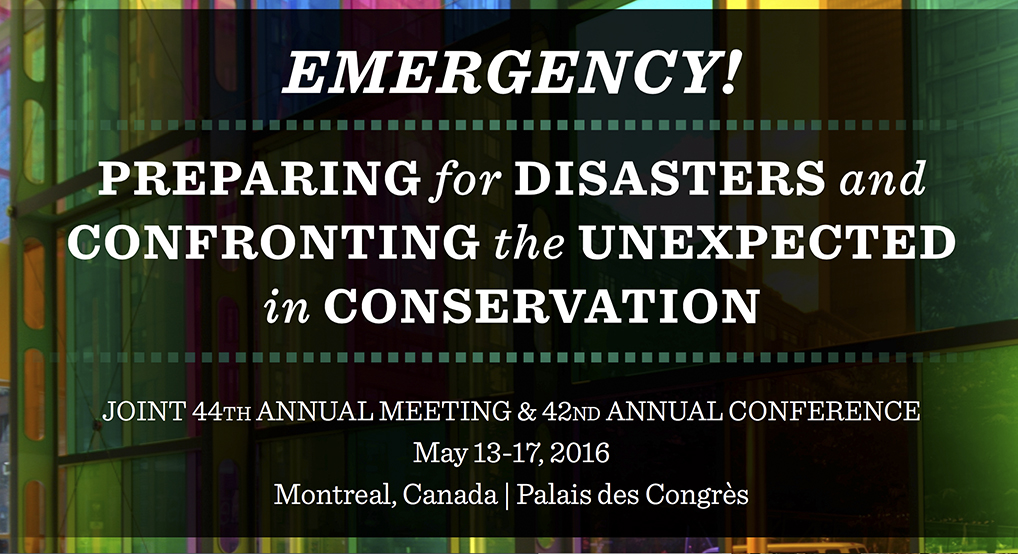L’incontro si terrà dal 13 al 17 Maggio 2016 presso il Palais des Congrès a Montreal, Canada
Durante l’incontro si affronternno in maniera ampia, gli argomenti di base che riguarderanno l’impatto nel passato, del presente e del futuro, dei disastri sulla protezione dei beni culturali. Nei documenti si porranno a confrontano gli imprevisti che si verificano in situazioni di emergenza durante i trattamenti di conservazione sui manufatti.
http://www.conservation-us.org/annual-meeting#.VzVsaWM1e0g
RSF Italia sarà rappresentata dal Presidente Paolo Pastorello
Abstract
The Association RESTAURATORI SENZA FRONTIERE – ITALIA (RESTORERS WITHOUT BORDERS – ITALY) is a very young Association, founded in 2013 by a group of very experienced professionals in conservation, acting since decades in the field of cultural heritage, even in emergency circumstances. Many of them have been working in many countries also before the constitution of RSF and are currently continuing to operate for that scope: the emergency mobilization of cultural heritage professionals, in order to protect artistic and cultural heritage, nationally in Italy, and internationally, in times of crisis.
Our associated conservators have worked to mitigate the damages in the most serious natural disasters in Italy, in Bosnia, in Mostar immediately after the war, and finally in Angola. RSF have developed intervention systems, methodologies and materials designed specifically for emergency conditions. Our work after the devastating earthquake in L’Aquila, Italy, in 2009, will be discussed as an example of the types of systems and methodologies that can be implemented. The interventions adopted in L’Aquila can be divided into two types. The first one concerned the recovery of movable works of art, which required special attention because the items were leaving for the first time their place of origin. The authorities at L’Aquila arranged the transfer of approximately 8,000 works of art. The second type of intervention was related to the safety of buildings. This operation, which required the entering of restorers inside the damaged buildings, was often highly dangerous for the rescue units. For this reason special equipment was built and methodologies were created and put in place for the protection of the operators. The buildings were chosen according to their historical importance or because of the need to secure areas that were needed to be used for the transit of the rescue units. 1,800 surveys were performed on the architectural heritage of L’Aquila. The interventions in the area of L’Aquila lasted about a year. Despite the experience gained in Abruzzo as in previous occasions of extraordinary emergency, we are aware that we still have limited knowledge in the management of disasters. This type of educational training, unfortunately, is completely missing in the formative world of restoration. Here we would like to illustrate our proposal for the creation of an international task force, which will work to develop a unique protocol, to intervene in emergencies on artistic heritage sadly subject to acts of terrorism, as the recent history has often shown us.
